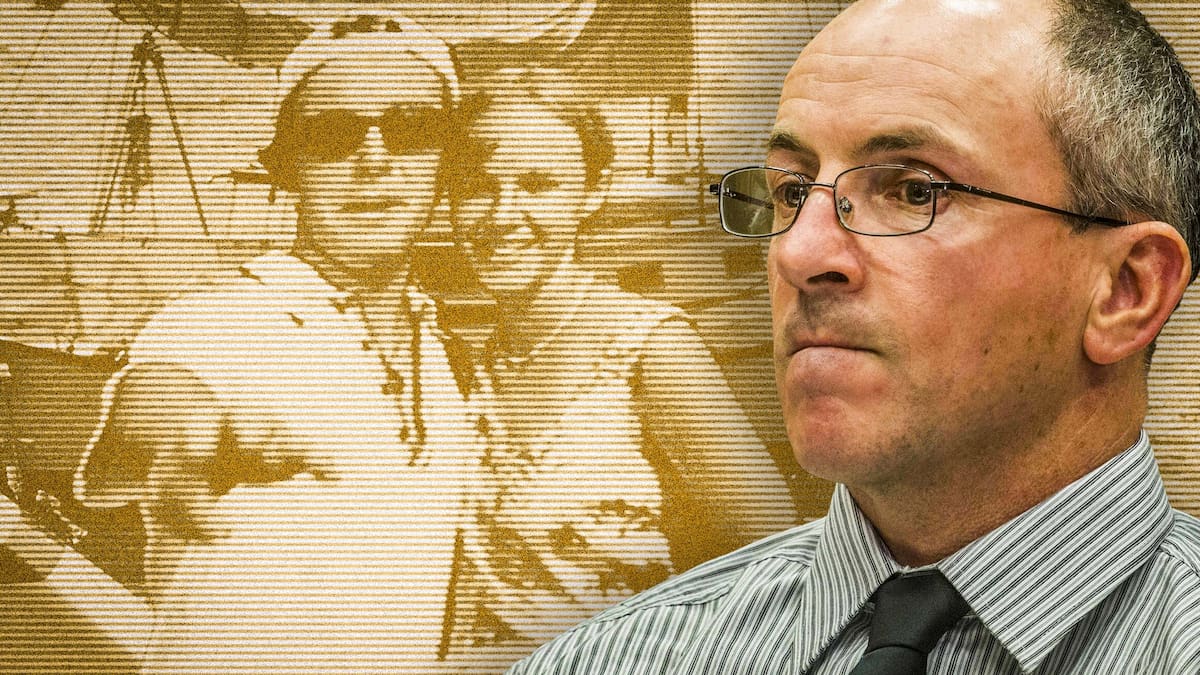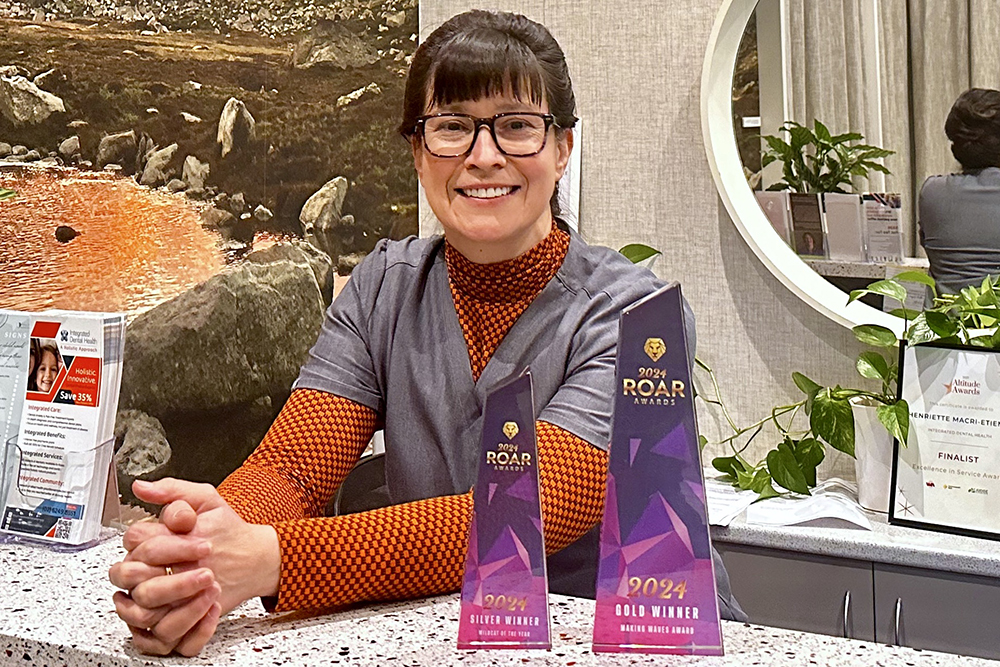Scott Watson’s boat, Blade and Ben Smart and Olivia Hope in the background with Scott Watson inset. Composite Photo / NZME
- Ben Smart, 21, and Olivia Hope, 17, attended a New Year’s Eve celebration at Furneaux Lodge, Endeavour Inlet in the Marlborough Sounds on December 31, 1997.
- Scott Watson was charged with their murder, his High Court trial commencing in June 1999.
- During the trial the Crown called 490 witnesses.
- Watson was convicted of double murder in September 1999 and sentenced to life imprisonment, with a minimum period of 17 years in jail. He has now spent 26 years behind bars, protesting his innocence.
- On Monday, the Court of Appeal will consider Watson’s second attempt at an appeal against his murder convictions. Here’s what you need to know ahead of that appeal.
More than 26 years ago, friends Ben Smart and Olivia Hope celebrated New Year’s Eve at Furneaux Lodge in the Marlborough Sounds.
As the festivities wound down, they were last seen getting off a water taxi onto a yacht moored in Endeavour Inlet.
There’s been no trace of Ben and Olivia since the early hours of New Year’s Day. Their bodies and possessions have never been found.
On Monday the Court of Appeal will begin hearing a second appeal from the man convicted of their murders, Scott Watson.
Watson was convicted of double-murder in 1999 following a three-month jury trial in the Wellington High Court. He was sentenced to life-imprisonment and ordered to serve at least 17 years in jail.
It’s accepted the pair met their deaths after boarding a stranger’s yacht with a man.
The Crown says that man was Watson.
Watson says it wasn’t him and has always denied killing or even meeting Hope and Smart that night.
Watson owned a yacht named Blade, one of more than 100 boats identified by police near the lodge that night.

The Crown’s case is that early on January 1, Hope and Smart got out to the boat they’d paid to stay on. After finding the berths they’d arranged were taken, they asked the water taxi to take them back to shore.
While aboard the taxi one of the passengers offered them a bed for the night on his yacht.
The water taxi driver, the late Guy Wallace, sometime later identified Watson from a photo montage. He also described the boat that he dropped the trio at as being a two-masted ketch with distinctive characteristics, which didn’t match Blade, but was moored in the same area. The Blade left Endeavour Inlet before 6am, unnoticed by those around it.
Police inquires eliminated all yachts in the immediate vicinity that night and failed to find a ketch described by Wallace or anything similar.
The attempts to clear his name
The year after his trial Watson appealed his conviction and sentence to the Court of Appeal, citing seven grounds including; alleged improper communications by police to witnesses, Crown jury vetting, verdict unreasonableness, the admissibility of three witnesses and the summing-up by the trial judge.
The appeal also included fresh evidence concerning potential accidental contamination of DNA extracted from scene samples in another case.
The appeal was dismissed in May 2000.
In 2013 an application to the Governor General to exercise the Royal prerogative of mercy was declined. A second attempt in 2017 was successful.
In 2020 Watson’s case was referred back to the Court of Appeal.
The current appeal
This time Watson is just appealing his conviction. Not the sentence. The Court of Appeal has ruled Watson’s team can include new expert evidence about the reliability of the forensic evidence relating to hairs, which were thought to belong to Hope, and recovered from Watson’s boat, Blade.
In particular Watson’s team are questioning the way ESR collected, handled and examined the hairs and other forensic evidence. They are also challenging the reliability of the DNA testing conducted here and abroad and the fairness and accuracy of the DNA evidence presented at the original trial.
The Court of Appeal has also suggested the photo montage is a possible avenue they could pursue. It noted that in 2010 the Independent Police Conduct Authority found the compilation of the montage, and the showing of a single photograph of Wallace, “fell well short of best practice” and was “highly undesirable”.
The montage contained a new photo that showed Watson caught halfway through a blink. This gave the appearance of hooded eyes, a characteristic of the mystery man’s description.

What options does the Court of Appeal have?
The court has three options;
1. Dismiss the appeal.
2. Quash the conviction and order a High Court retrial.
3. Quash the conviction.
Options 2 and 3 would flow from the court finding a miscarriage of justice had occurred.
In the case of David Bain, the Privy Council found a miscarriage of justice, quashed the conviction and sent it back for a retrial in the Christchurch High Court, at which Bain was acquitted.
In 2016, Bain received an ex-gratia payment of $925,000 for the 13 years he spent in jail.
But, the government refused to pay compensation for wrongful conviction and imprisonment after an investigation by retired Australian Judge Ian Callinan QC, who found Bain hadn’t established his innocence on the balance of probabilities.
In Teina Pora’s case, the Privy Council found a miscarriage of justice, quashed the conviction but did not order a retrial.
In 2017, the government paid Pora $3.5 million for wrongful conviction and the 20 years he spent in jail. In announcing the compensation, then Justice Minister Andrew Little said Pora was the victim of one of New Zealand’s worst miscarriages of justice.
Watson’s latest parole hearing
Last month Watson’s fifth bid for parole was delayed with the Parole Board expressing concerns about vastly differing risk assessments by three psychologists.
The reports, prepared during the past three years, ranged from “high to very high” risk of reoffending to “medium” while a third private psychological report assessed Watson as being “low risk.”
Board chair Sir Ron Young adjourned the hearing until a later date when the psychologists who wrote the reports could attend and be questioned by the Board.
A new hearing date is yet to be determined.
Watson’s case starts in the Court of Appeal on Monday and is set down for five days.
Catherine Hutton is an Open Justice reporter, based in Wellington. She has worked as a journalist for 20 years, including at the Waikato Times and RNZ. Most recently she was working as a media advisor at the Ministry of Justice.




